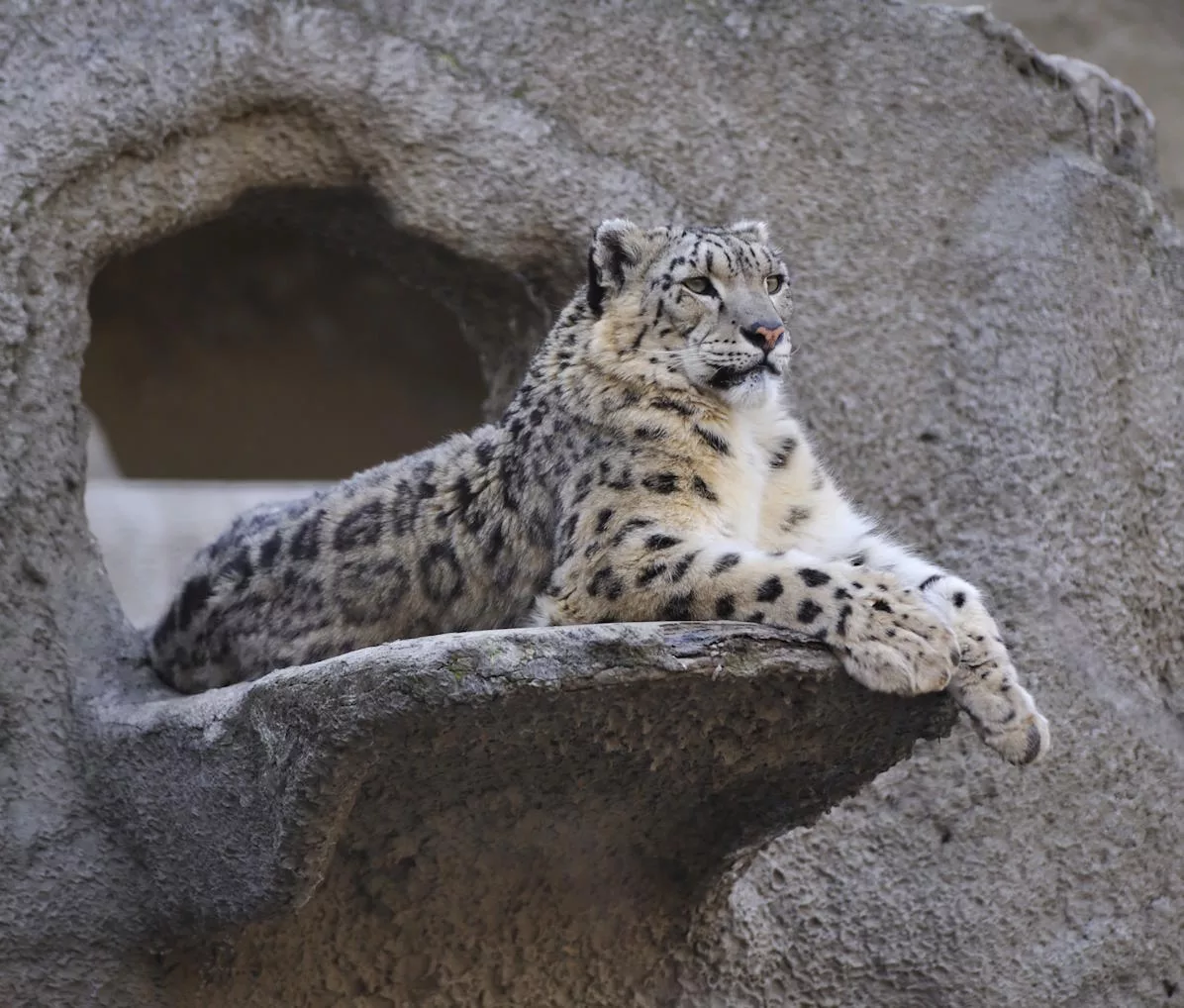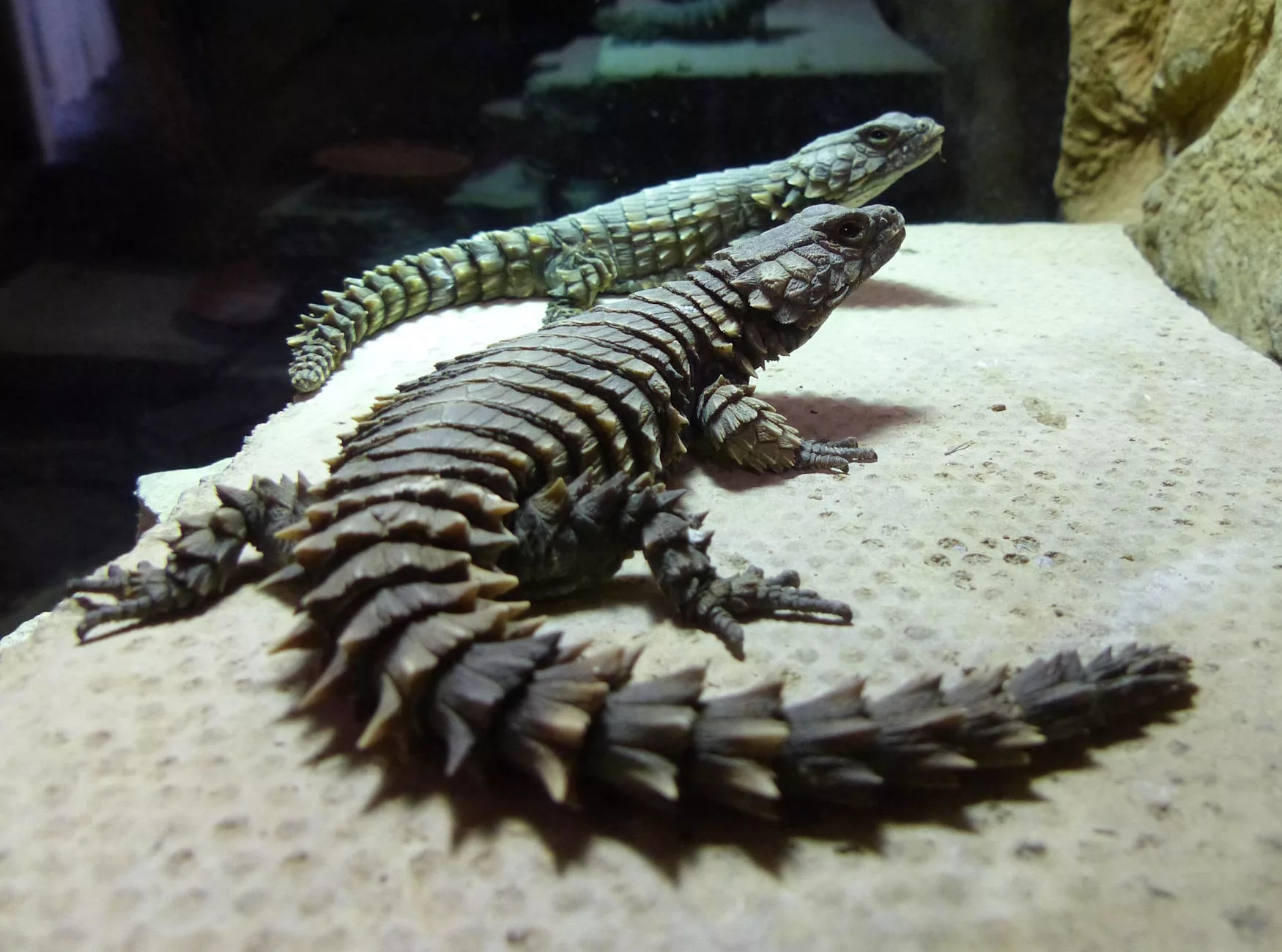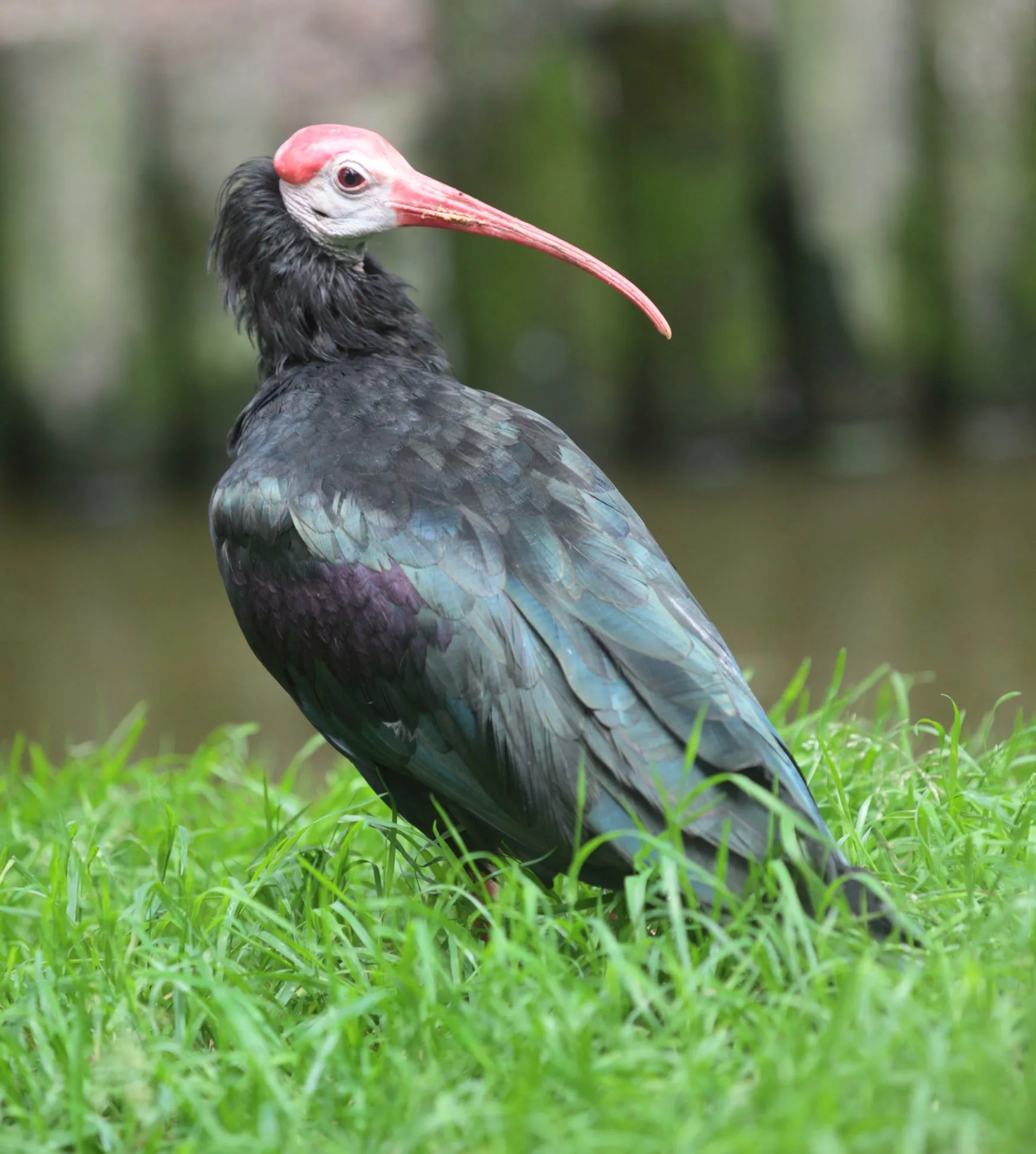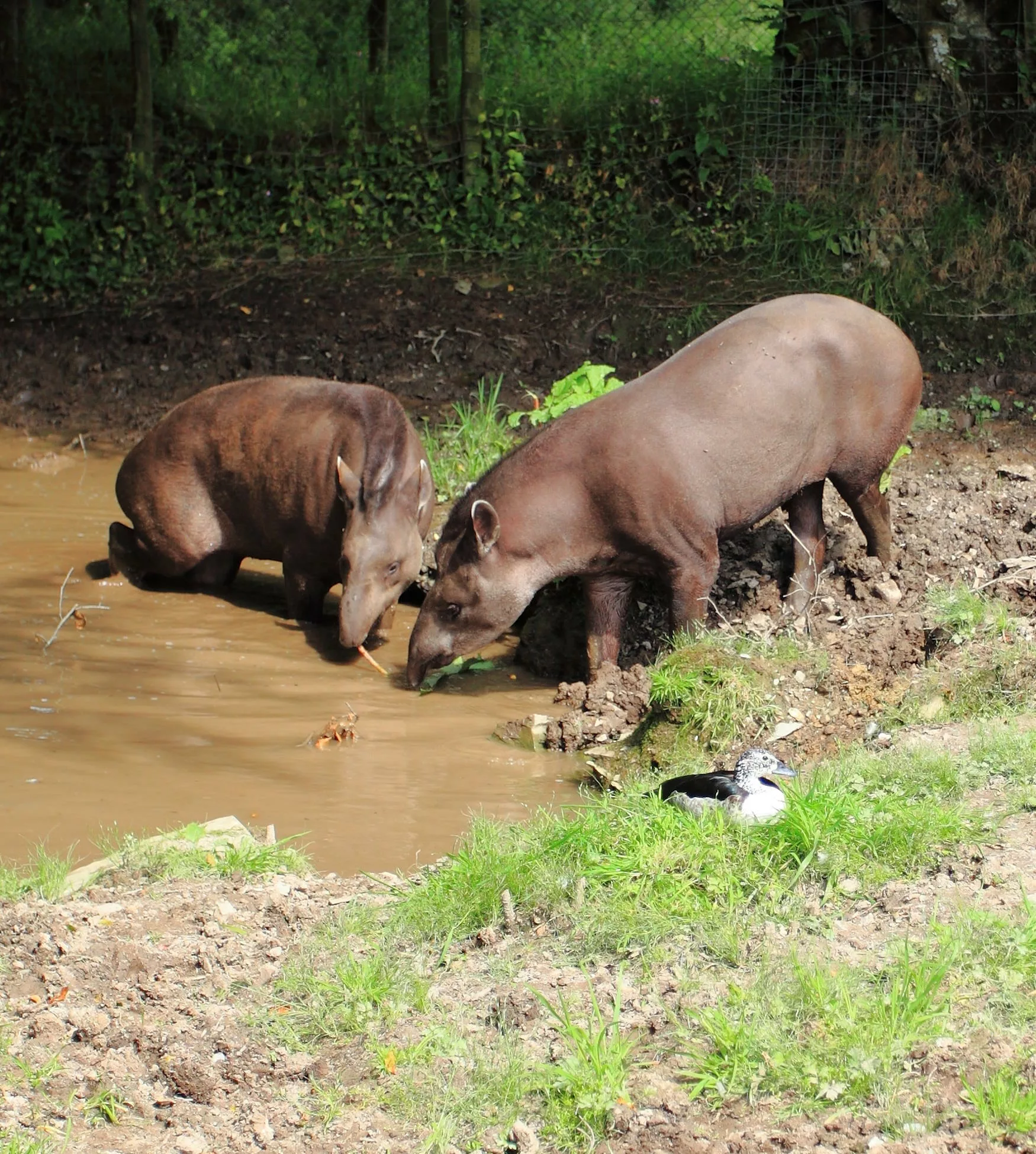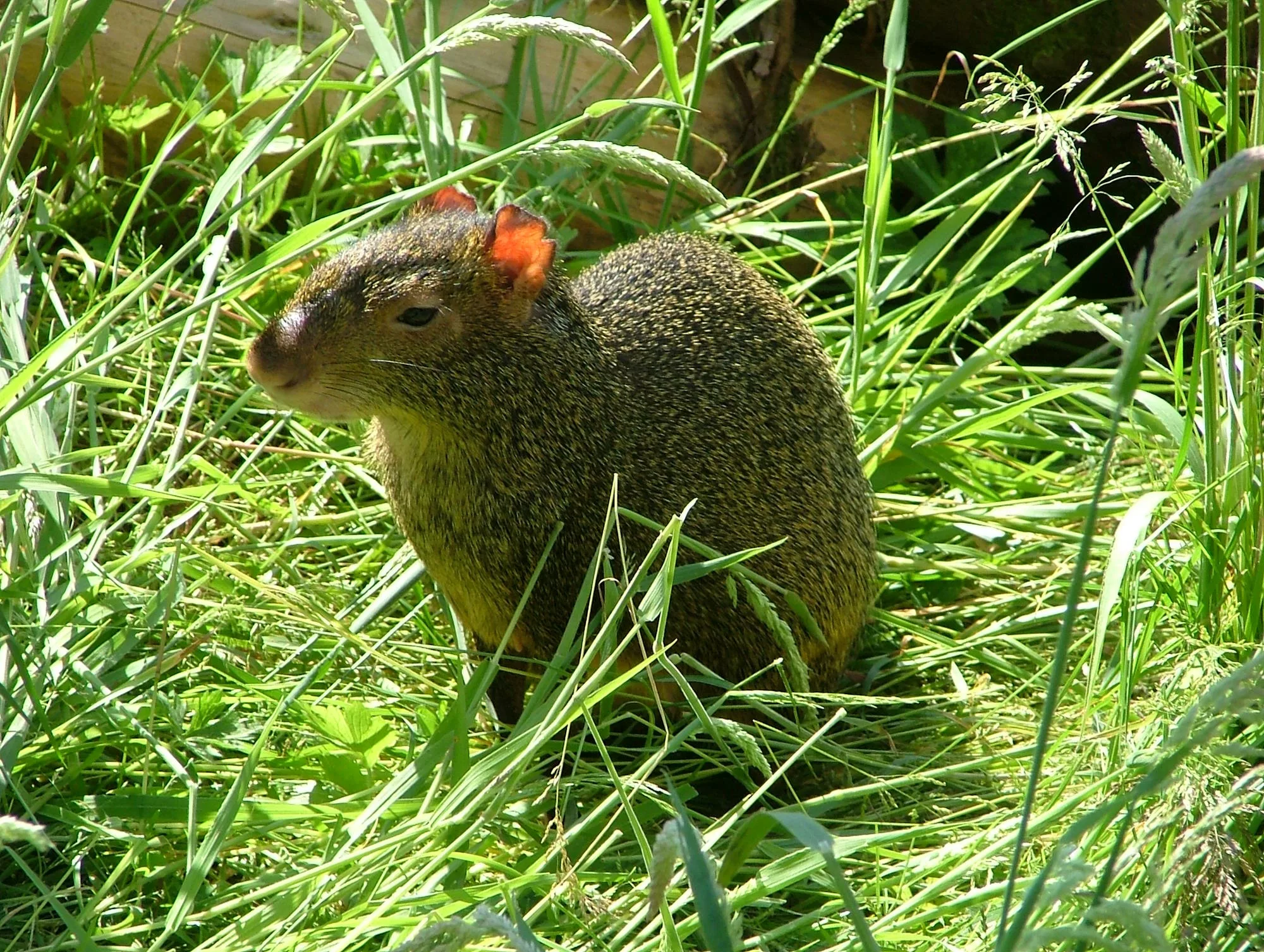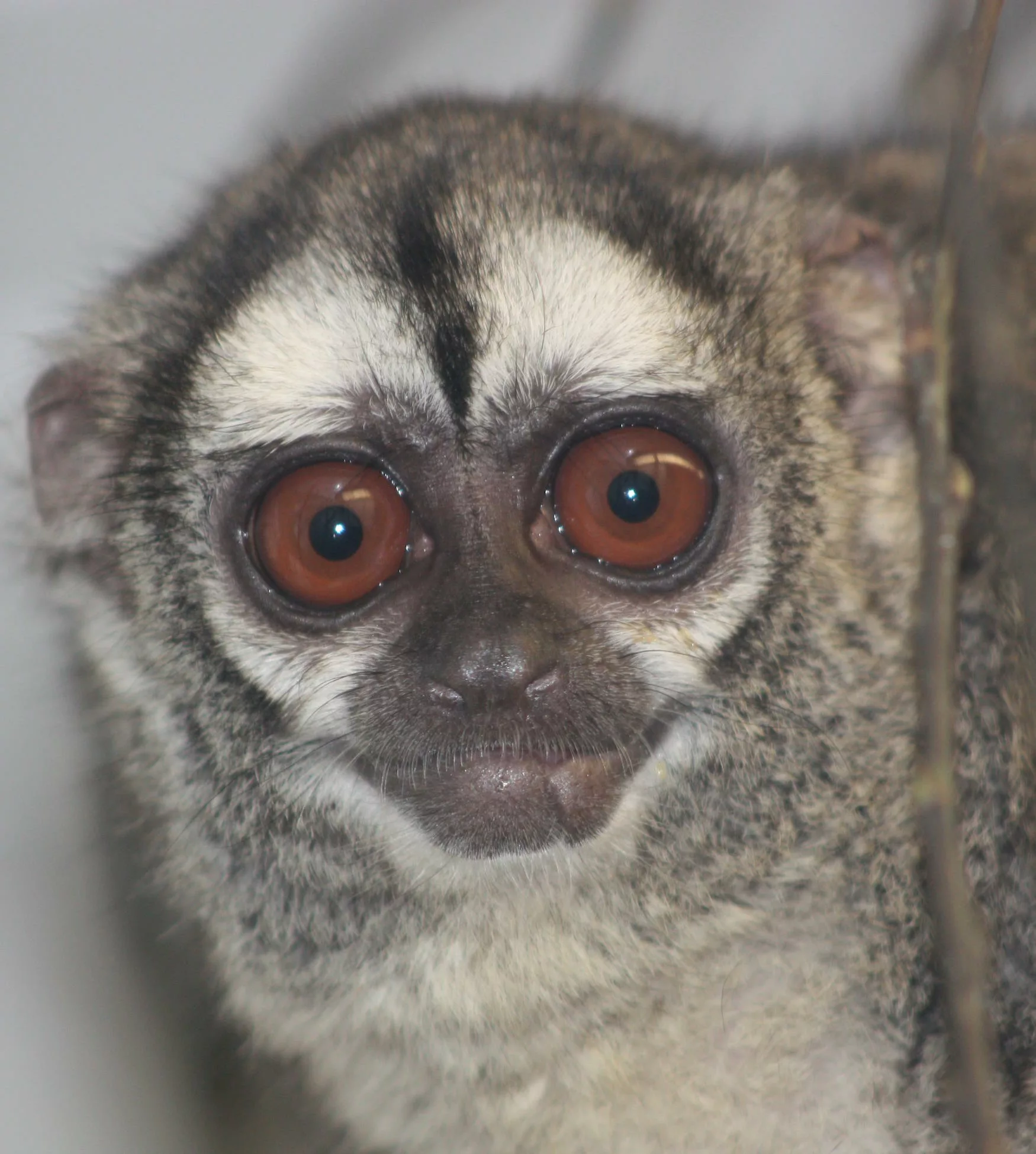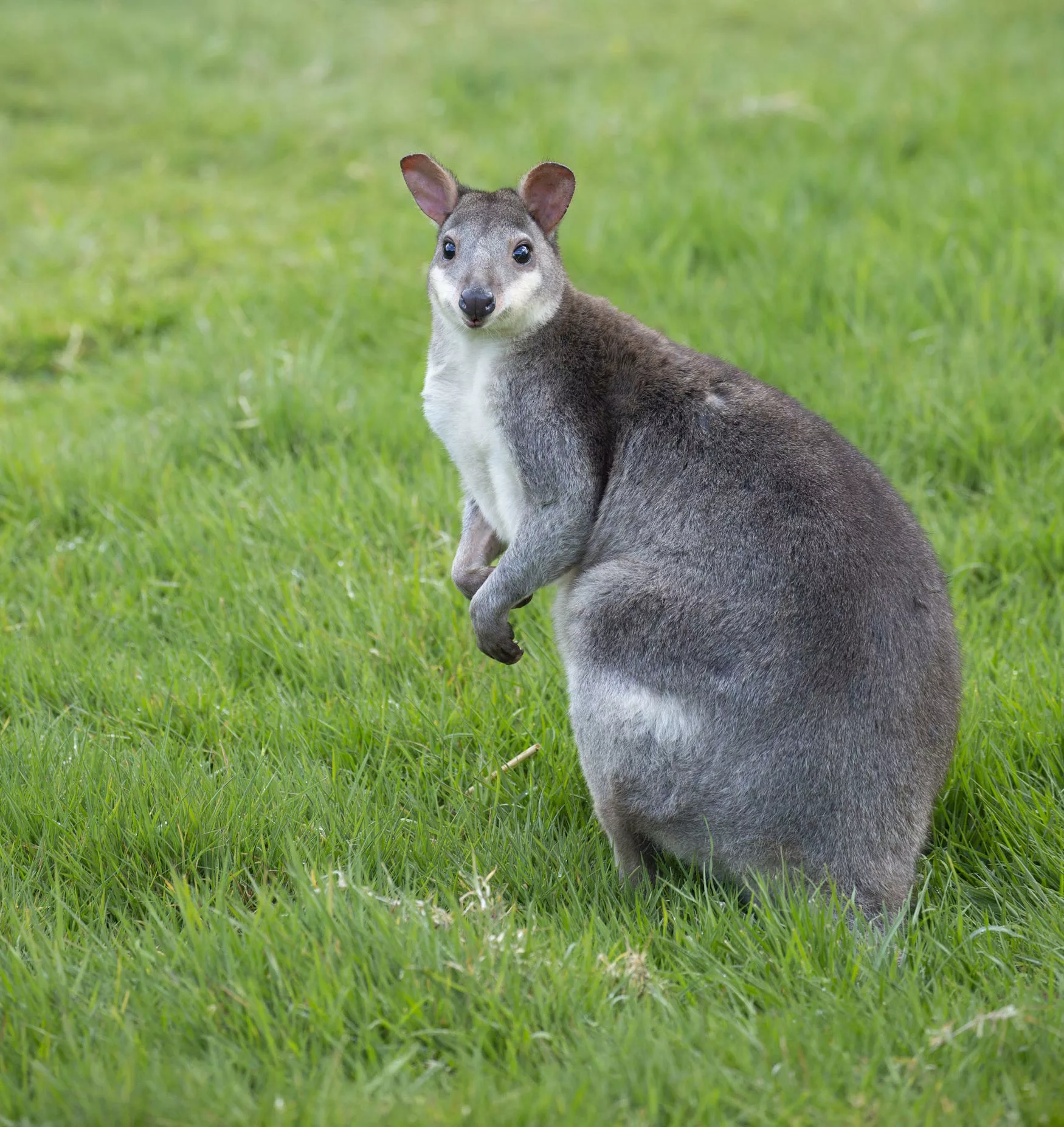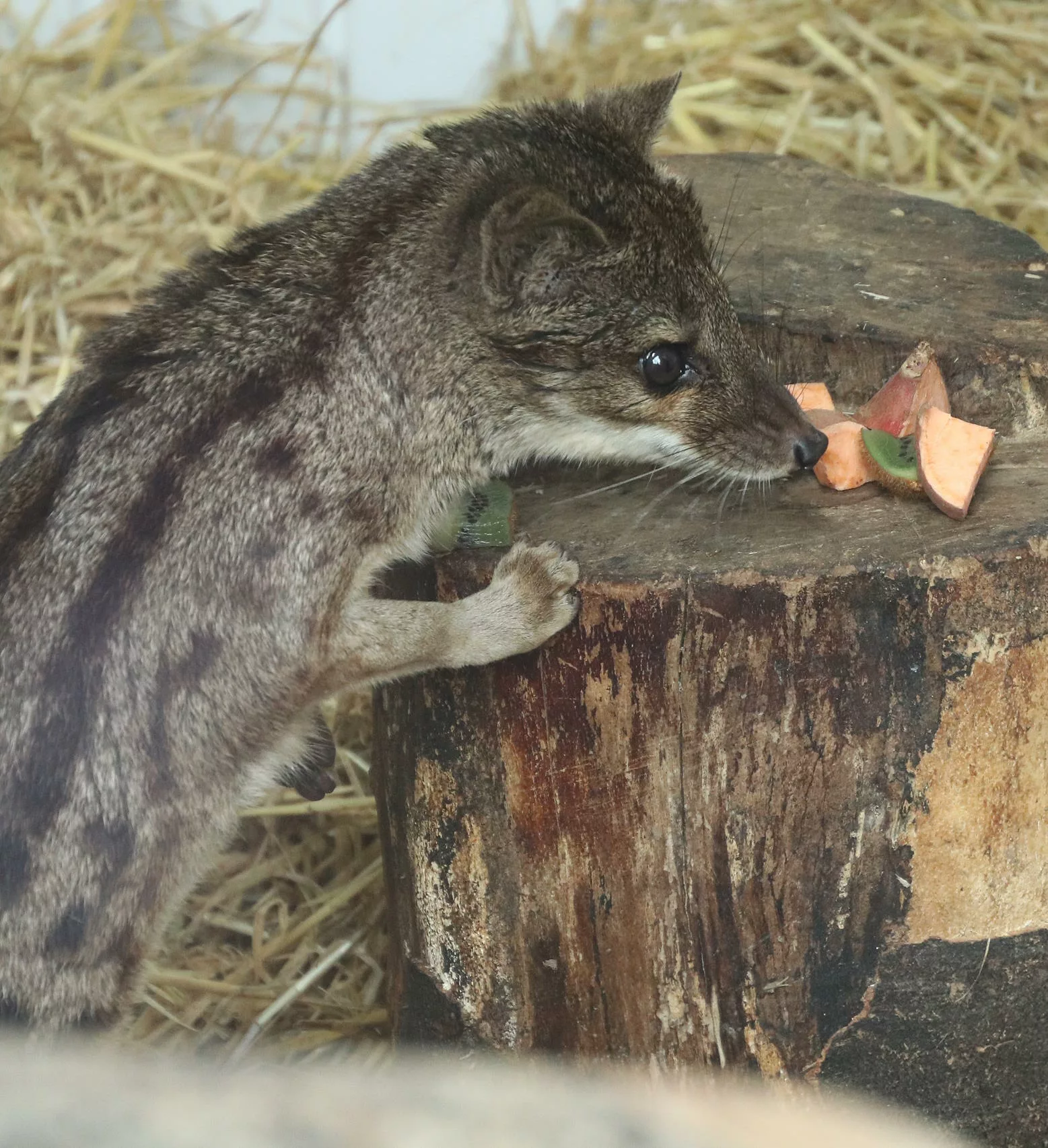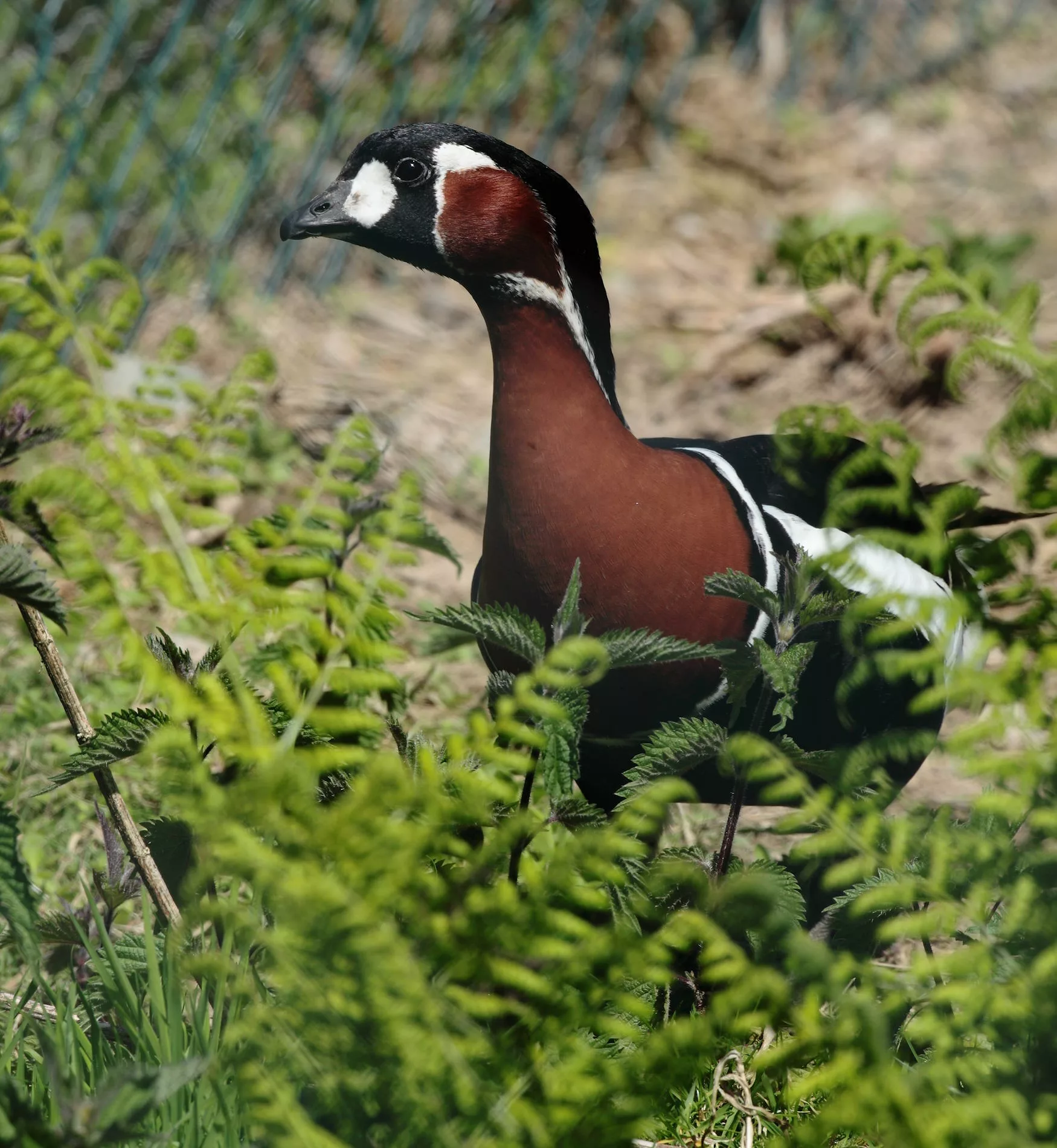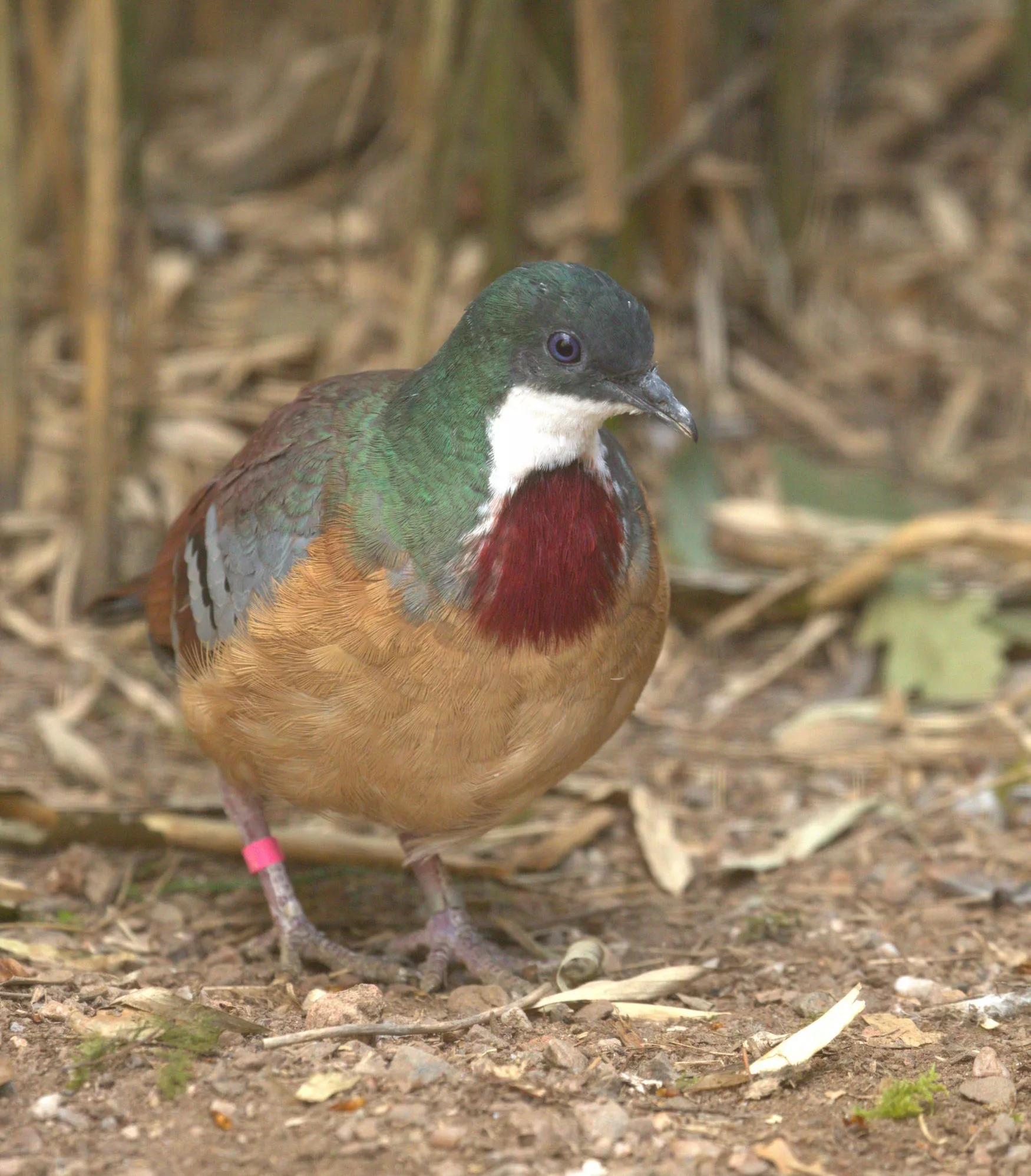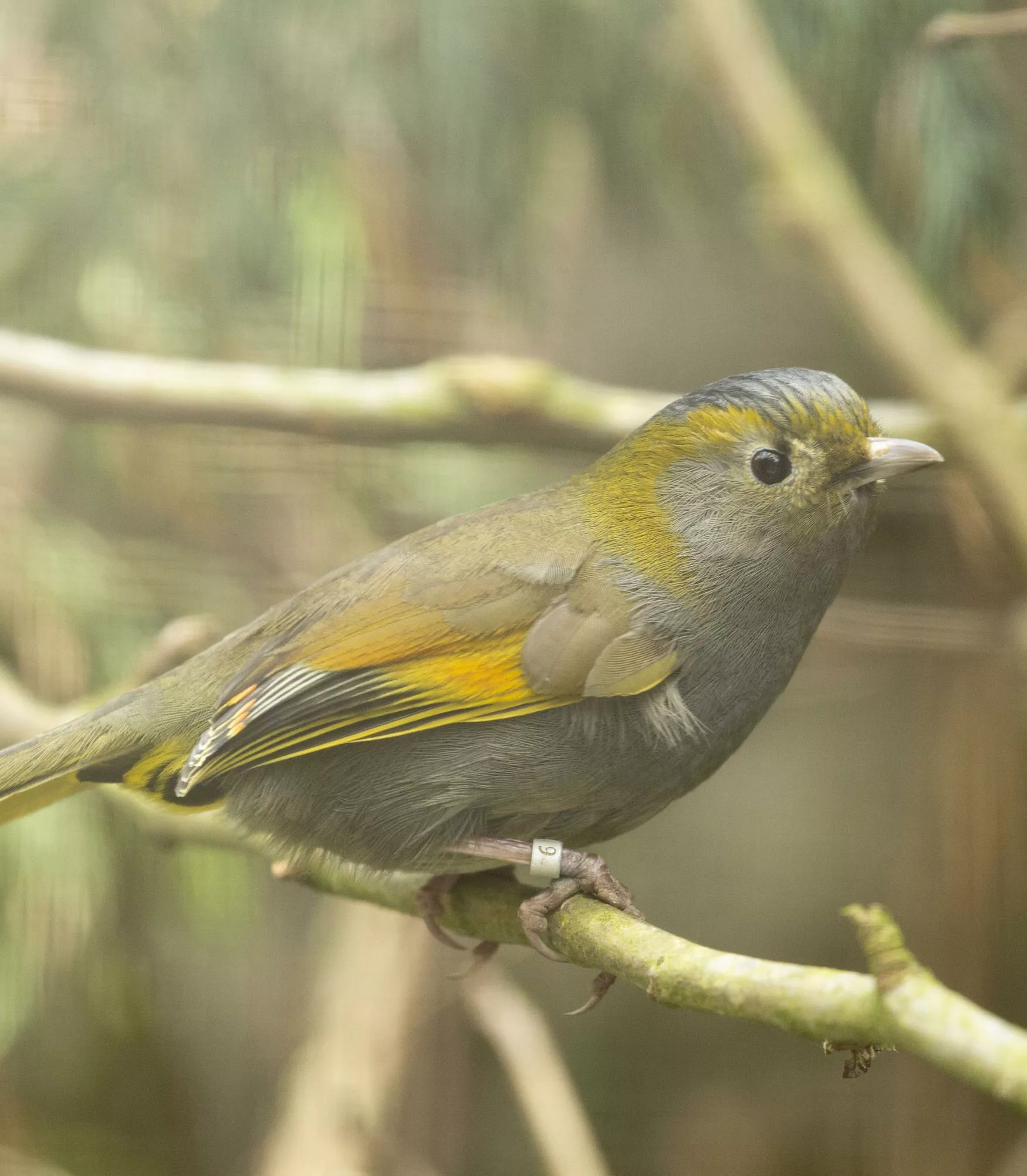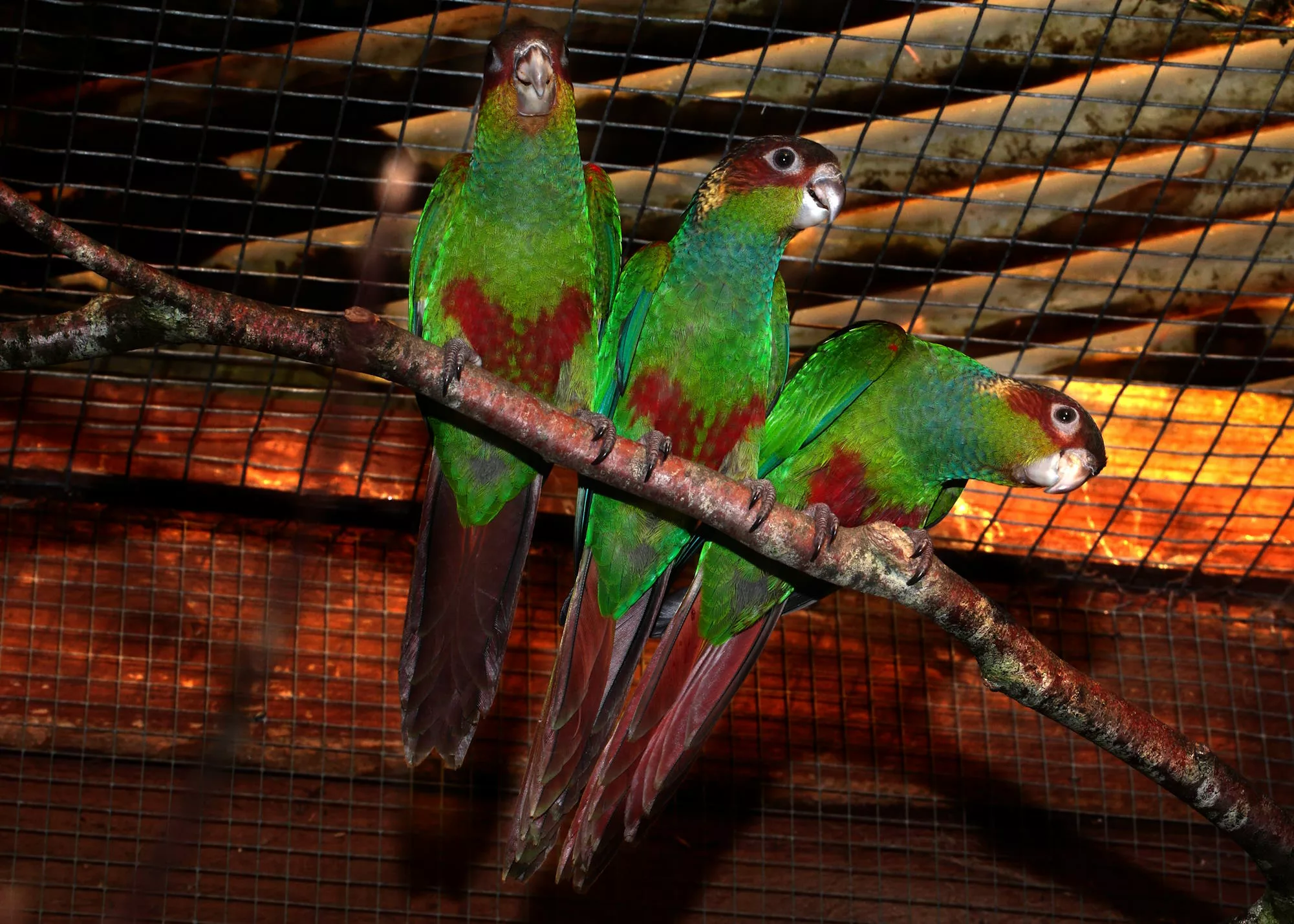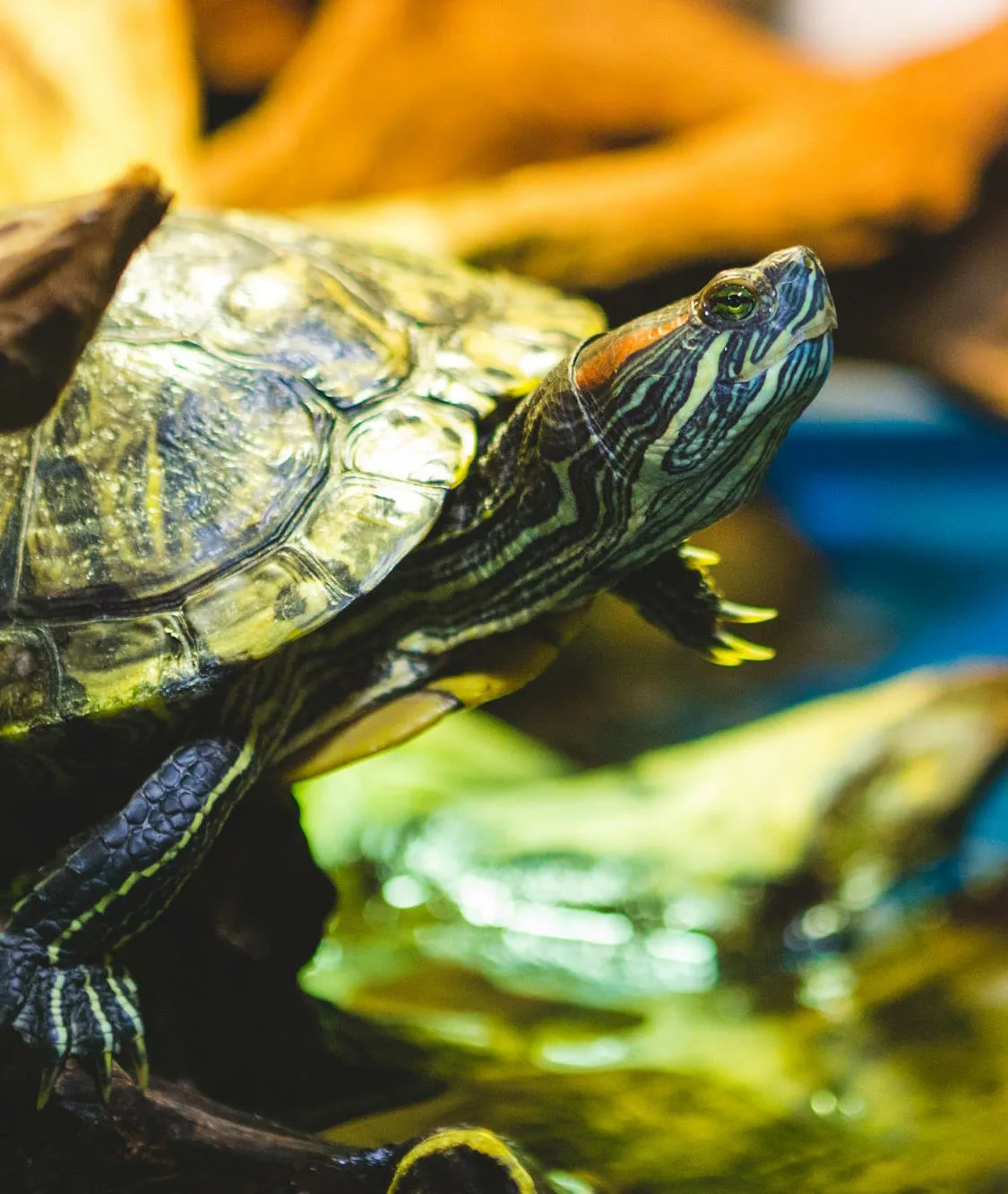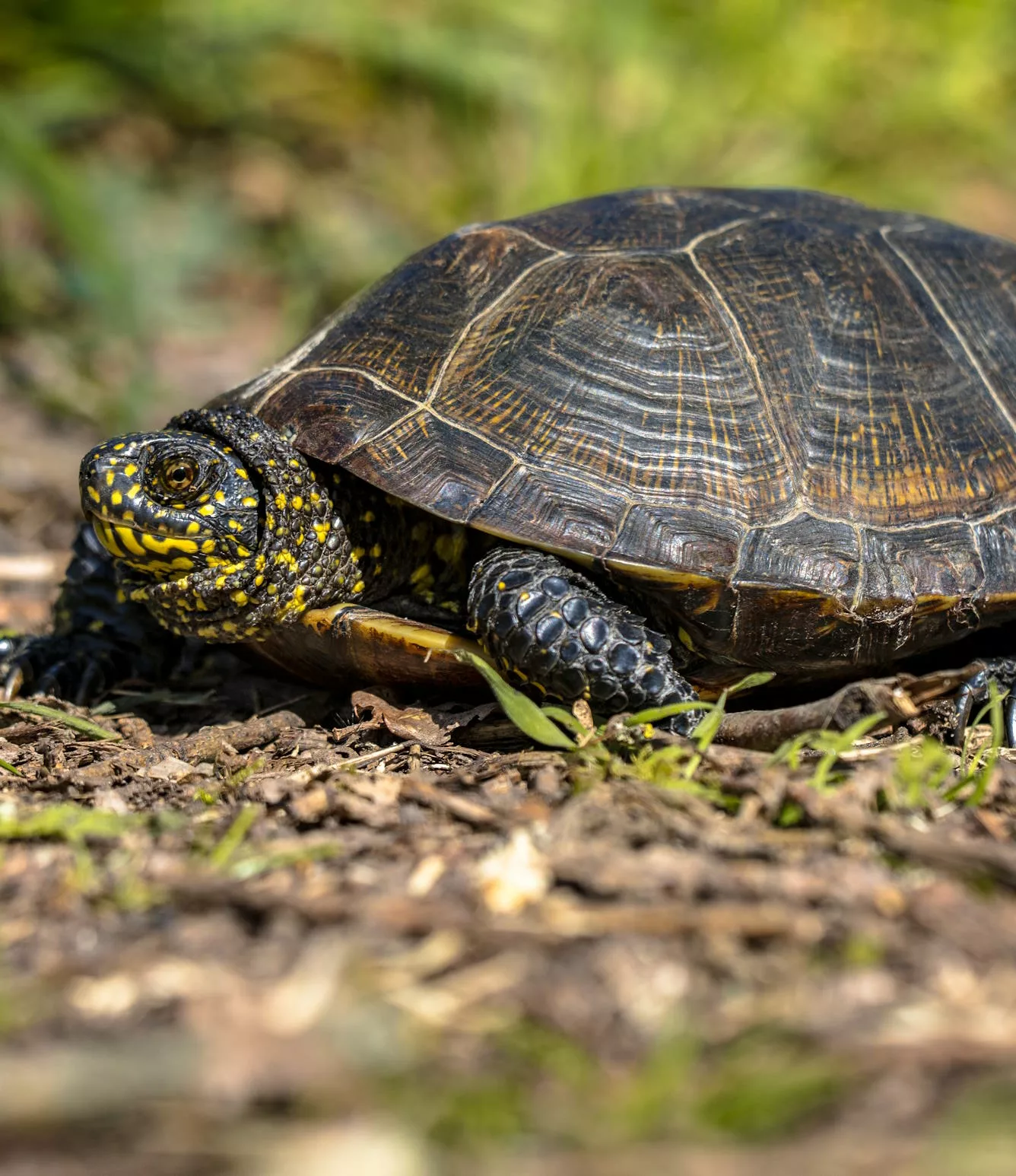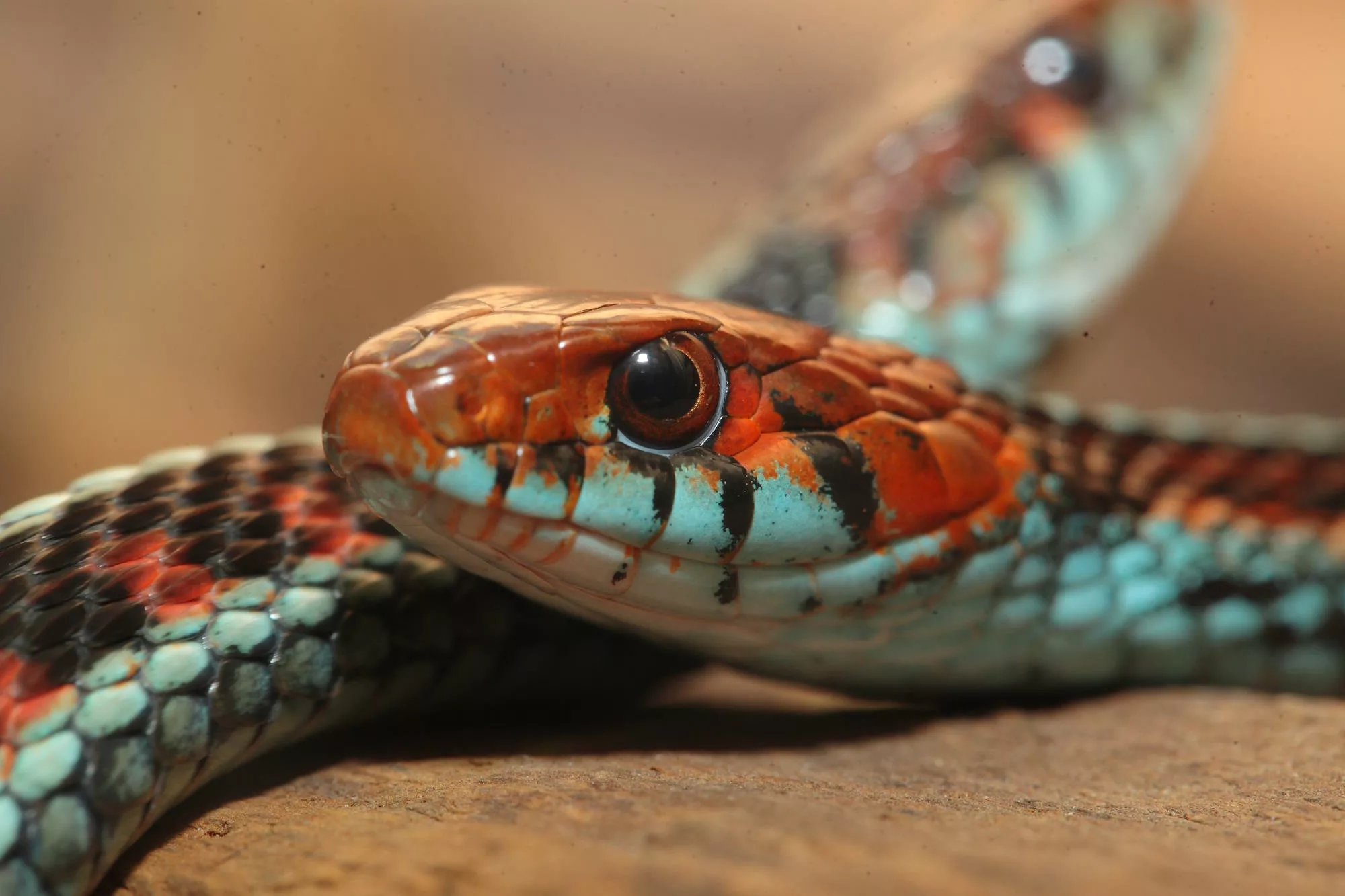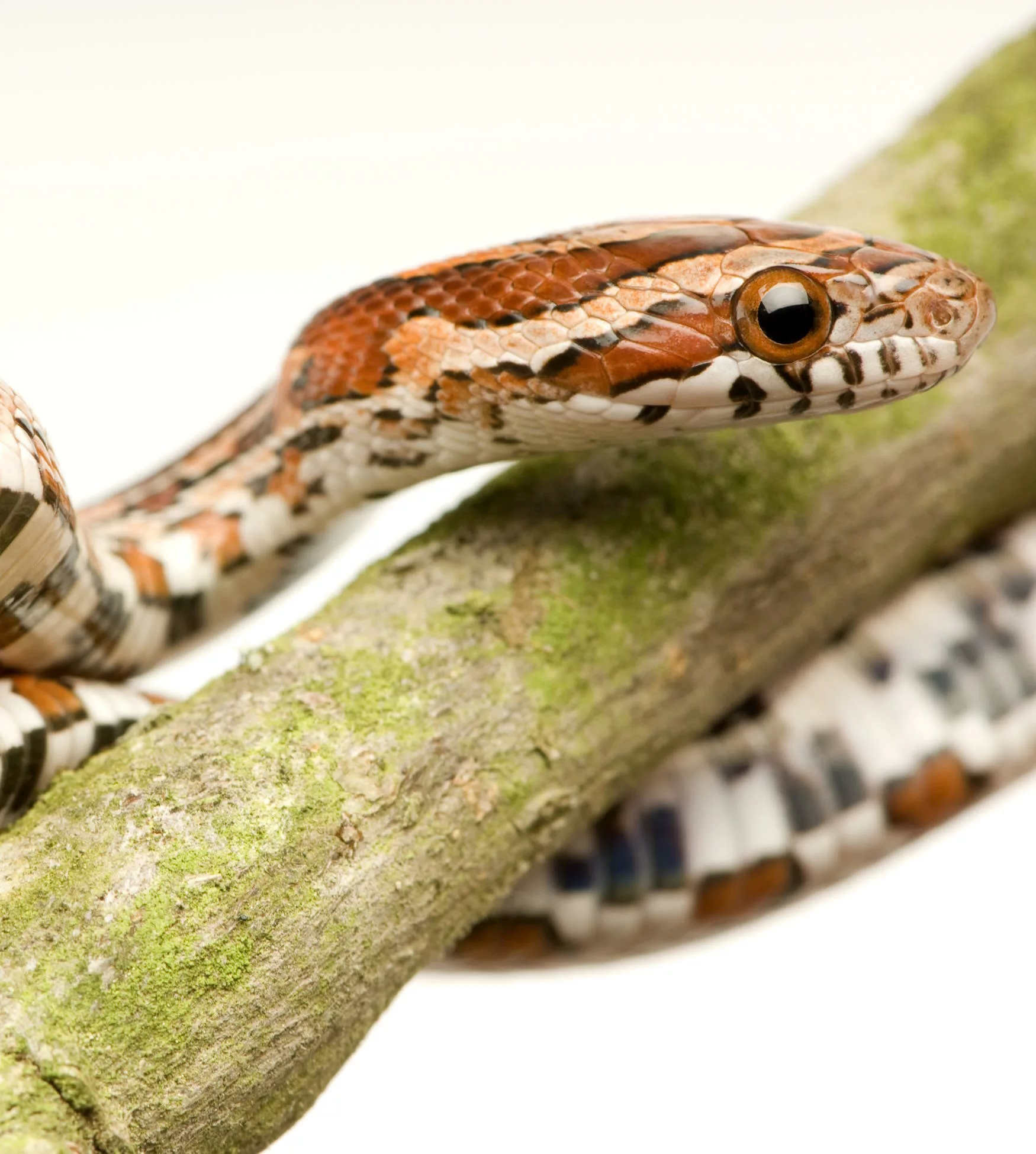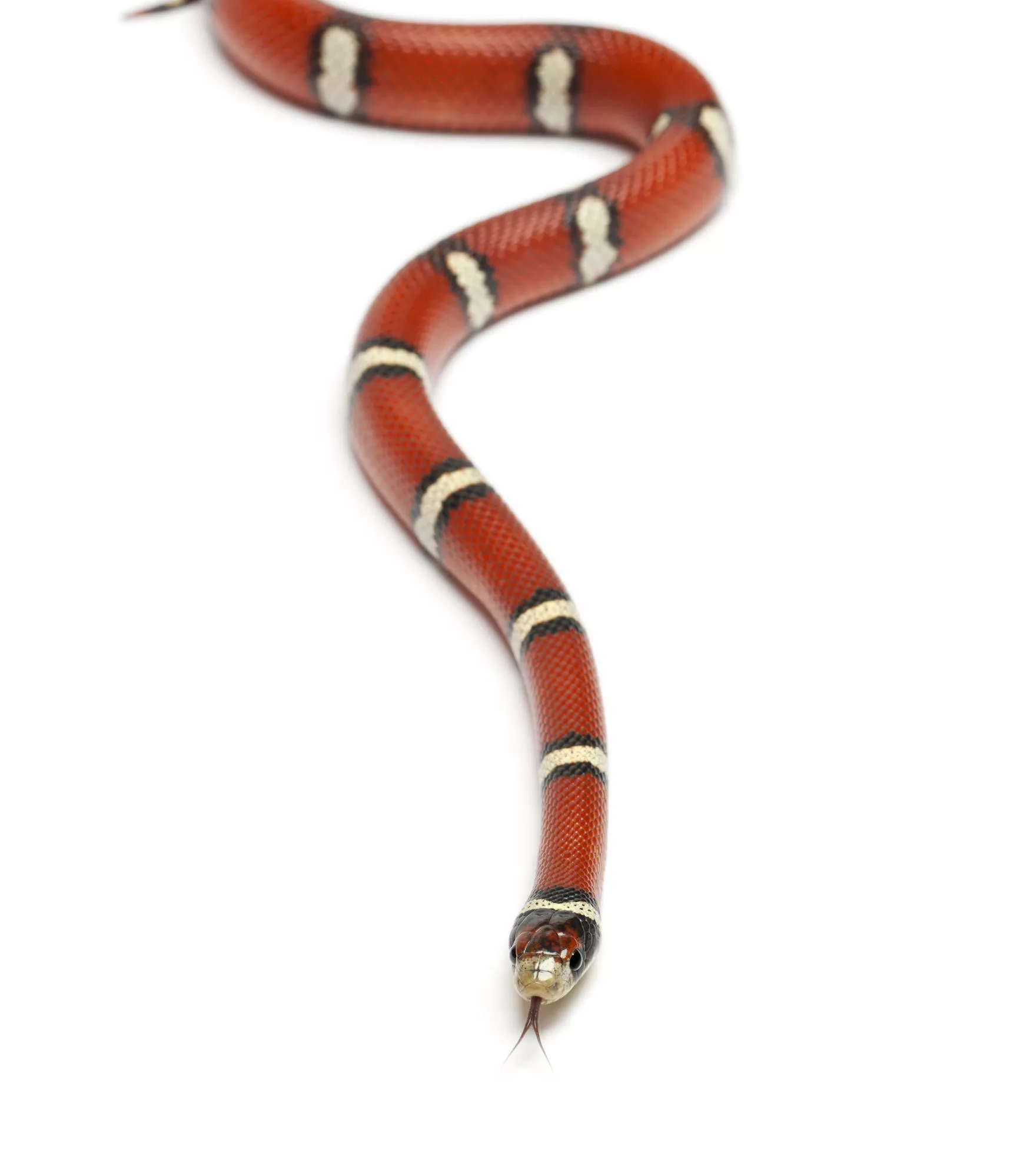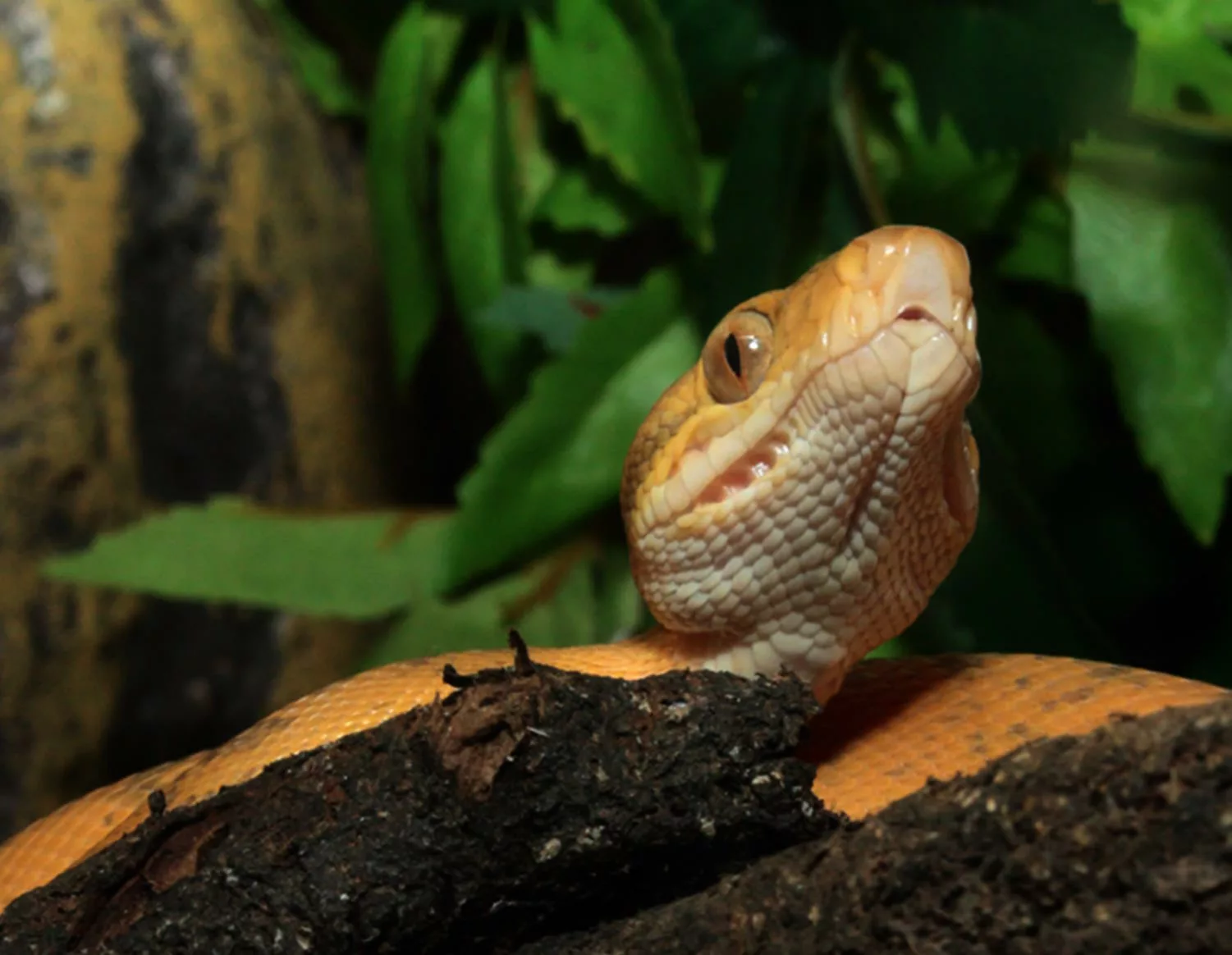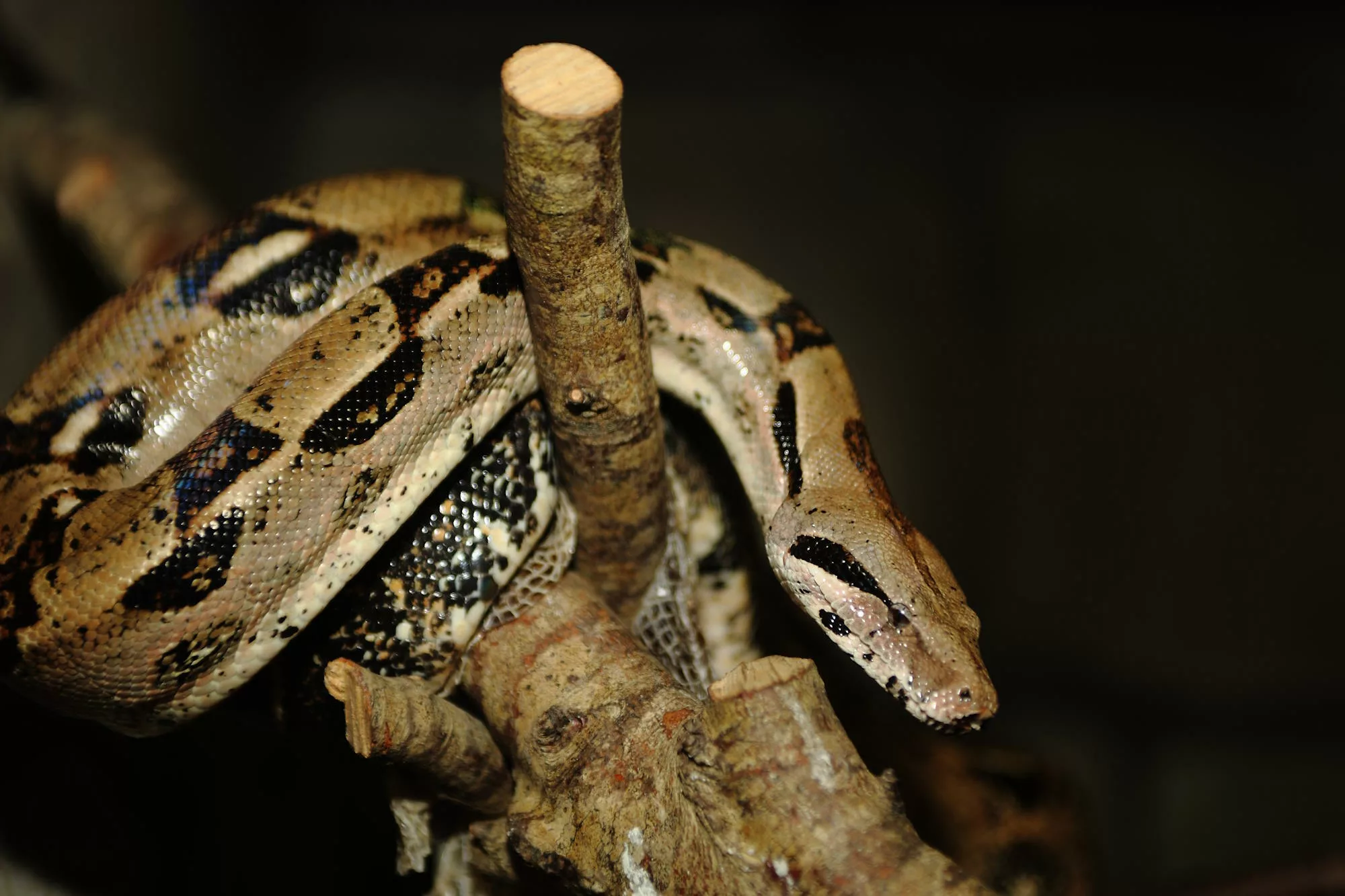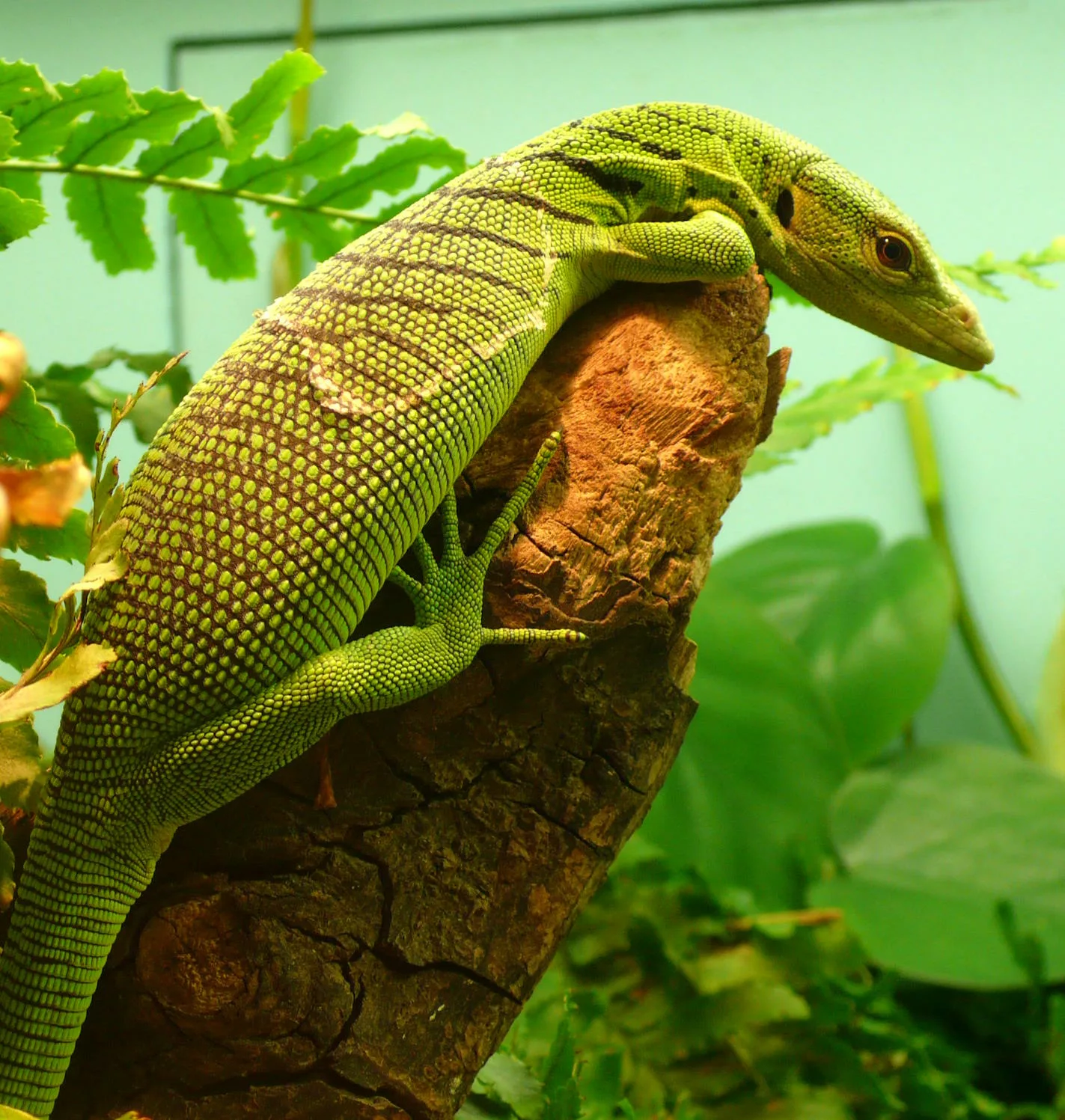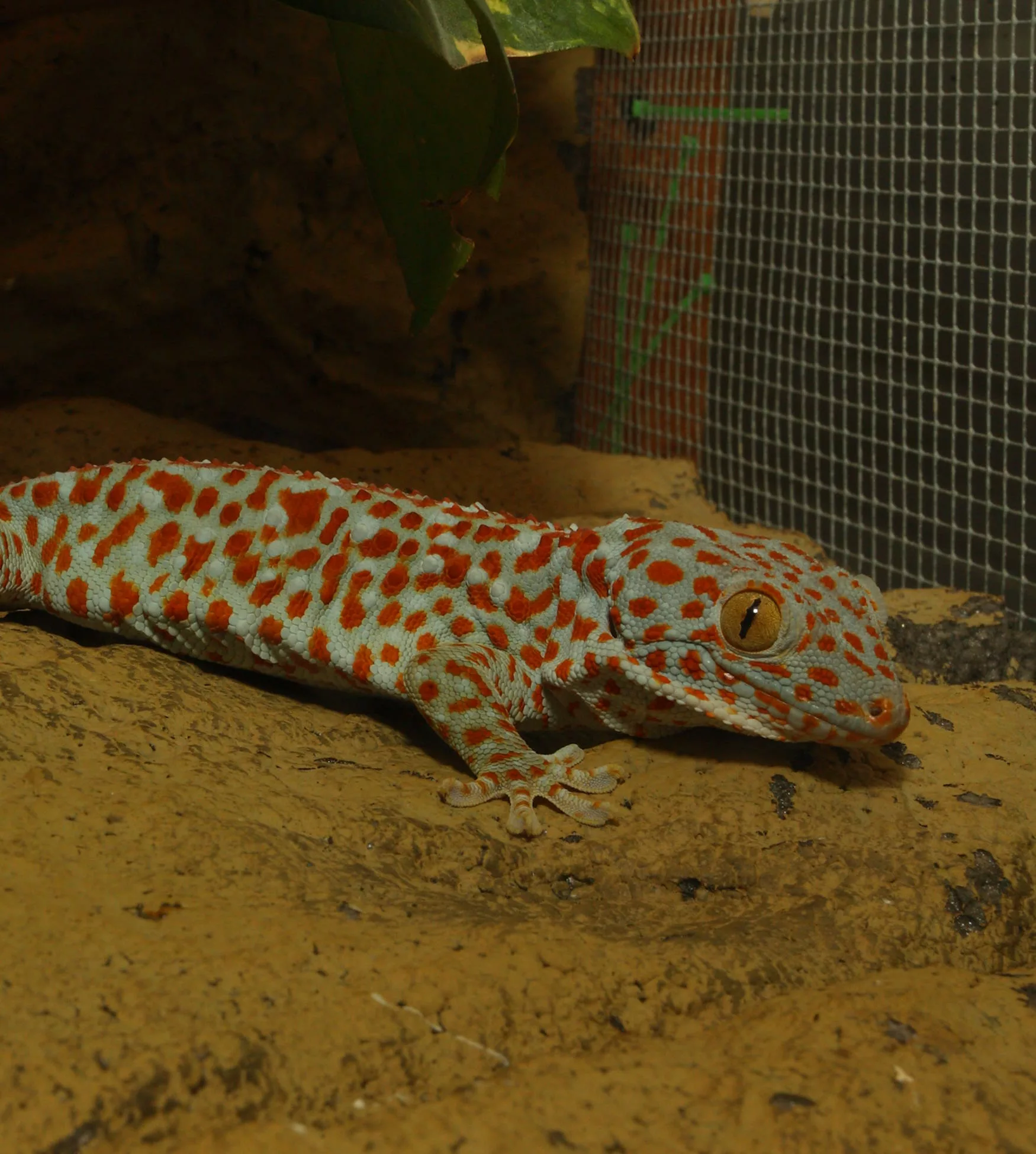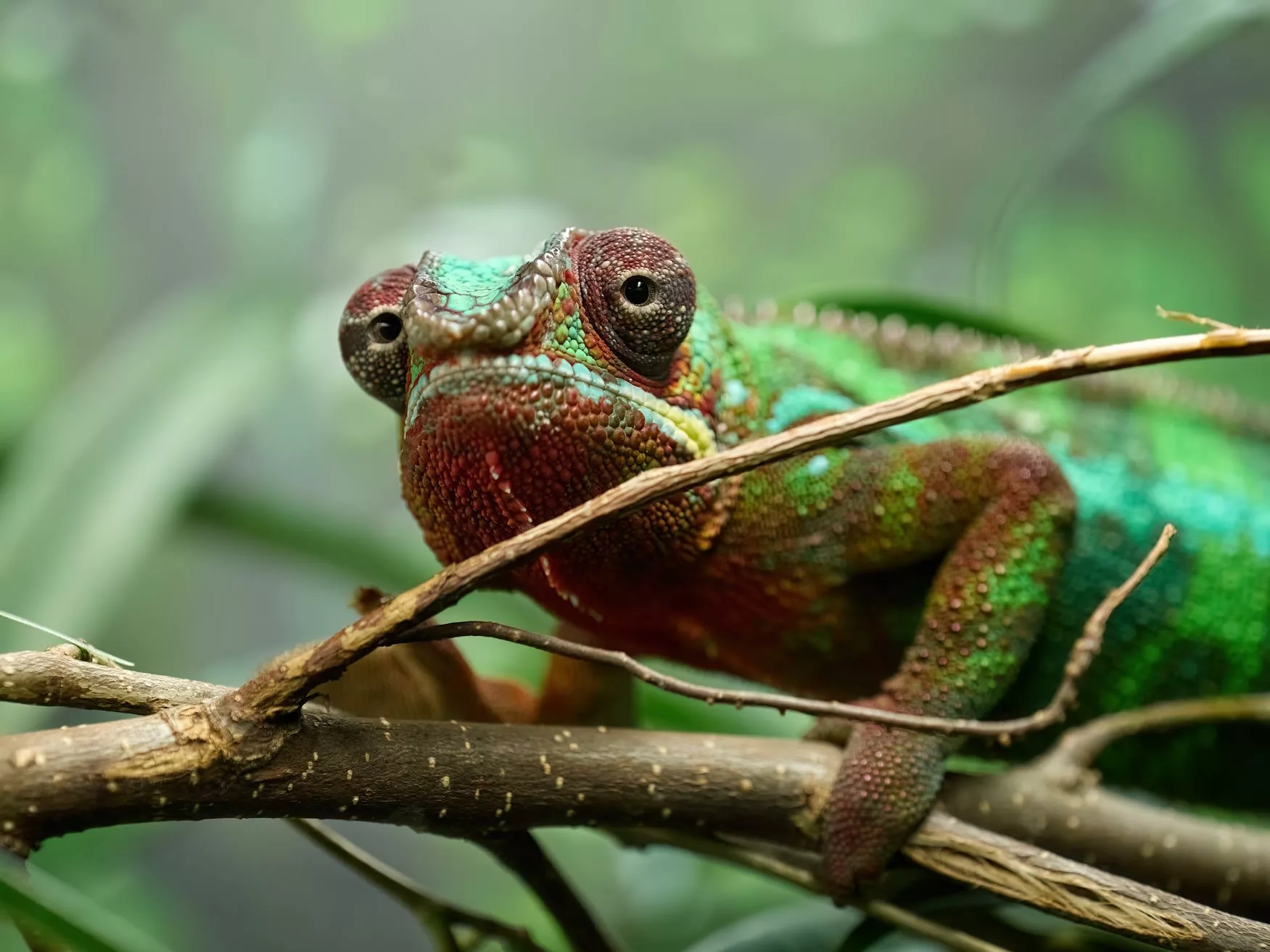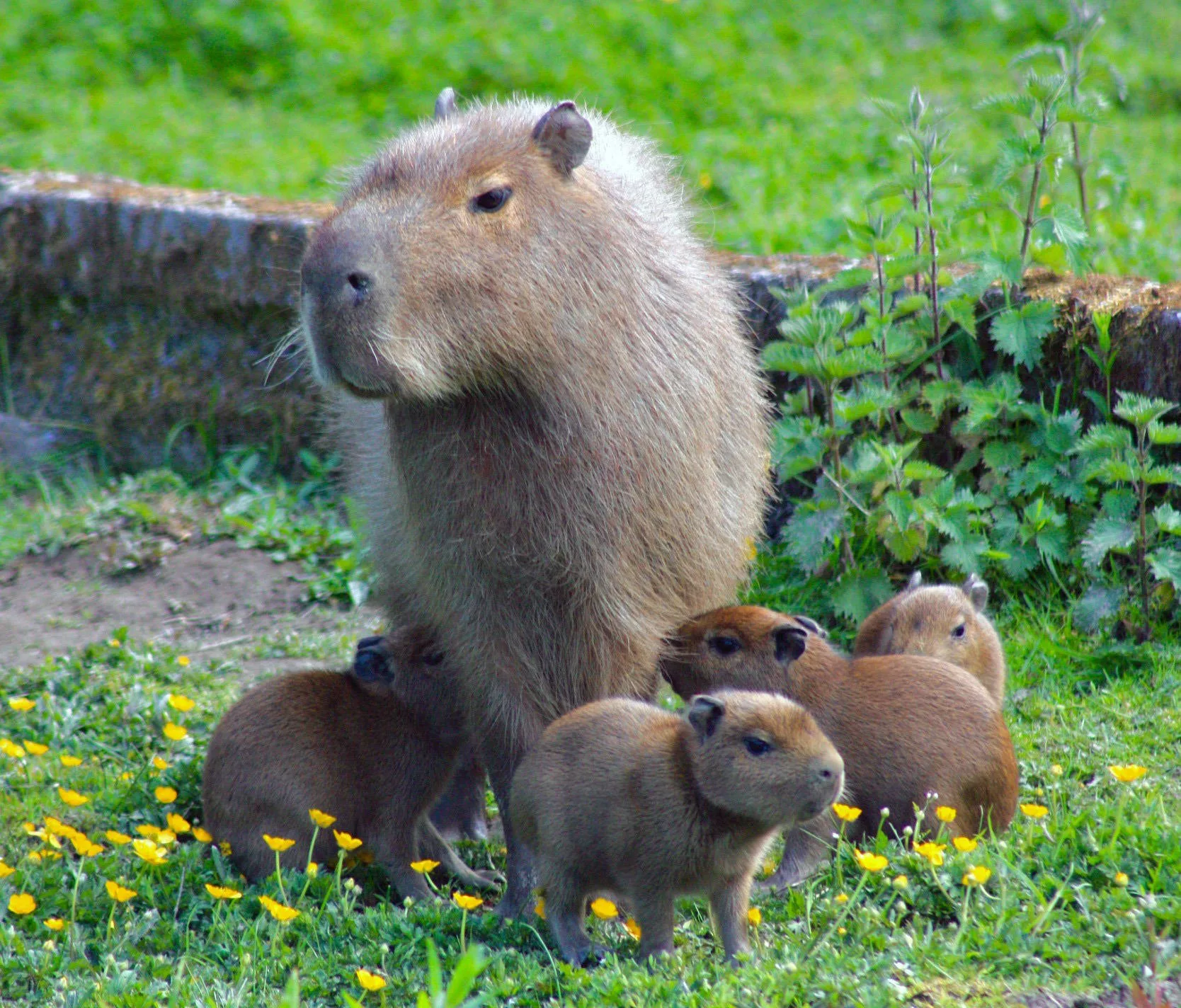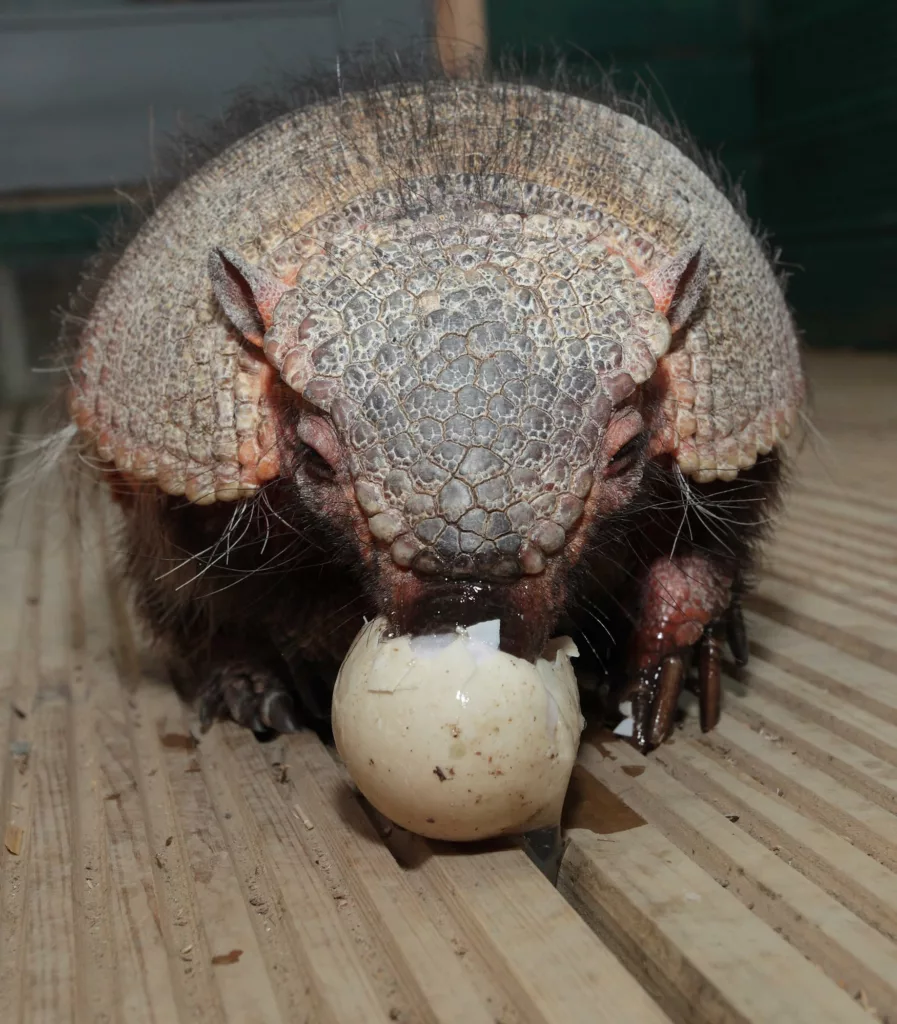
Larger hairy armadillo
Scientific name: Chaetophractus villosus
IUCN listed as: Least Concern
Learn before you visit!
Here are some facts about the species – Discover what they eat, find out about their natural habitat, see what they like to do, and more… Set the reading style to suit you too, everyday speak or something aimed towards children.
Child-friendly
Everyday
Diet
The larger hairy armadillo is an omnivorous creature, consuming a diverse diet that includes insects, small vertebrates, plant material, and carrion. It particularly favours beetle larvae and other invertebrates found in the soil. This armadillo uses its strong claws to dig into the ground, unearthing its food. Fruits and other plant parts also form a significant portion of its diet, providing essential nutrients. Occasionally, it scavenges on dead animals, showcasing its opportunistic feeding habits.
The larger hairy armadillo eats a mix of insects, plants, and sometimes dead animals. It loves digging in the dirt to find beetle larvae and other bugs. Fruits and plants are also important in its diet. Sometimes, it eats small animals or bird eggs.
Breeding
Reproduction in larger hairy armadillos typically begins when they reach sexual maturity at about one year of age. Mating season extends from late winter through spring, and after a gestation period of 60 to 75 days, the female gives birth to 1 to 3 offspring, usually two. The young are born in a burrow, where they are nurtured and protected. Weaning occurs at around two months, and under optimal conditions, females may produce more than one litter per year. This reproductive strategy helps maintain their population in various environments.
These armadillos can start having babies when they’re about one year old. They mate in late winter and spring, and the mother gives birth to 1 to 3 babies after about two months. The babies stay in a burrow until they are two months old. Sometimes, if the conditions are right, the mother can have more than one set of babies in a year.
Habitat
The habitat of the larger hairy armadillo is quite varied, spanning grasslands, savannas, and forests in southeastern Bolivia, Paraguay, Argentina, and southern Chile. They are also found in agricultural areas where they may be considered pests. Their burrowing habits allow them to thrive in different environments, providing shelter and a means to find food. These armadillos are well-adapted to both dry and semi-humid regions, showcasing their resilience. Despite habitat changes, their population remains stable due to their adaptability.
These armadillos live in various places like grasslands, forests, and even farms in Bolivia, Paraguay, Argentina, and Chile. They dig burrows to live in, which keeps them safe and helps them find food. They can live in dry or slightly wet areas, showing how tough they are. Even when their surroundings change, they manage to survive well.
At the zoo
Larger hairy armadillos are relatively common in zoos due to their adaptability and engaging behaviours. Zoos provide environments that mimic their natural habitats, including areas for digging and foraging. These armadillos are popular in educational programs, where they help raise awareness about the diversity and conservation of less-known mammalian species. They often become favourites among visitors due to their unique appearance and active nature. Zoos also participate in breeding programs to ensure genetic diversity and species sustainability.
Larger hairy armadillos are popular in zoos because they are interesting to watch. Zoos create spaces that feel like their natural homes, where they can dig and search for food. They help teach people about different animals and why it’s important to protect them. Visitors love watching these unique armadillos because they look and act so differently from other animals.
Behaviour
Larger hairy armadillos are primarily solitary and nocturnal, although they may sometimes be seen during the day. They are known for their impressive digging abilities, using their strong claws to create extensive burrow systems. These burrows serve as protection from predators and harsh weather. The armadillos rely heavily on their sense of smell to locate food and detect danger, compensating for their poor eyesight. Their behaviour includes a mix of foraging, burrowing, and resting, making them fascinating subjects of study.
Larger hairy armadillos usually live alone and are most active at night. They are great diggers and make big burrows to hide in. They use their strong sense of smell to find food and avoid danger because their eyesight isn’t very good. Their daily activities include digging, finding food, and resting.
Fun facts
- Speedy Diggers: Larger hairy armadillos can dig very quickly, making them excellent at finding food and creating burrows.
- Armoured Animals: Their bodies are covered with bony plates, providing them with a natural armour.
- Varied Diet: They eat everything from insects to small animals and fruits, showing their adaptability.
- Nocturnal Life: They are mostly active at night, which helps them avoid predators and extreme weather.
- Longevity: In captivity, they can live up to 25 years, which is quite long for an armadillo.
- Fast Diggers: These armadillos can dig super fast to find food and make their homes.
- Natural Armour: They have bony plates on their bodies that protect them like armour.
- Eats a Lot: They eat bugs, small animals, fruits, and even dead animals!
- Night Owls: They are awake and busy mostly at night, so they can stay safe.
- Long Lives: In zoos, they can live up to 25 years, which is a long time for these animals.
More animals to discover at our zoo
Quick Links
Tickets & Prices
You can buy tickets for Exmoor Zoo securely online, as well as finding out more price options, discover offers, and more…
What’s on…
Exmoor Zoo hosts incredible Events all through the year. You can find out about what we’ve got in store here…
Routes & info
Like any great discovery, Exmoor Zoo can feel a little off the beaten path – but don’t worry – you can plan your journey with our recommended routes and other useful travel info.
